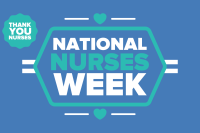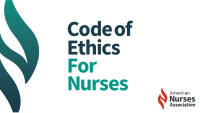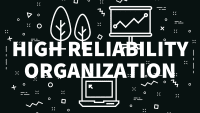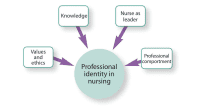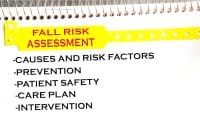Tracking nursing trends and salaries provides valuable insights.


Thank you to everyone who participated in this year’s American Nurse Journal Nursing Trends and Salary Survey. Responses from nurse managers and clinical nurses help us all better understand important issues, such as the impact of the COVID-19 pandemic on nursing and how it appears to have affected many of the major concerns the survey tracks. The pandemic was a defining event in the career of all healthcare professionals, and efforts to rebound appear to have achieved some positive results. At American Nurse Journal, we’re committed to tracking those results and reporting back to you on a regular basis.
I’d like to point out a few of the lessons we learned from this year’s data. You can read more beginning on page 19 of this issue.
Concerns about staffing and salary
Staffing remains a major concern, but the number of open positions reported declined by 10% and nursing turnover declined by 11% in the past 12 months. Could it be that the negative impact of the stress of working during the pandemic has lessened? What do you think is the cause for the improvement? At the same time, nurse managers reported that nurse recruitment has become slightly more difficult.
2023 nursing trends and salary survey results
Trends and Salaries Interactive Results
Although roughly the same percentage of nurse managers and clinical nurses reported that their salaries increased during the past 12 months, 68% say they could be swayed to change jobs with an offer of a higher salary (compared to 56% a year ago). Salary and staffing were the top reasons nurses gave for changing jobs. The pay disparity between staff nurses and travel nurses remains a source of dissatisfaction.
Physical assaults and bullying
A smaller percentage of nurses (61% vs. 66%) reported witnessing bullying in the past 2 years. This appears to be a positive change, but those numbers remain too high. When asked if their organizations have been supportive in reducing workplace violence, 64% of respondents reported that they have, which is encouraging. However, nurses are disappointed that abusive actions by patients and their family members/visitors toward healthcare workers has increased significantly over the past 10 years and appears to be the norm. This fact contrasts with the significant decline in violence among healthcare workers. Healthcare organizations must improve how they respond to patient and family member abuse of employees by taking actions visible to nurses, such as efforts to improve workplace culture of safety.
Making progress but a long way to go
We’re still learning about the impact of COVID-19’s lingering effects. I see modest but positive results from the many efforts to improve the nursing work environment. What I recognize when I read the results of this year’s survey, as with past surveys, is that organizations and nursing leaders still have more to do to improve the work life of nurses and the overall care environment.
I want you to know how much we appreciate your feedback and the time it takes to complete the survey. We read every word—we hear you.


Lillee Gelinas, DNP, RN, CPPS, FAAN
Editor-in-Chief
American Nurse Journal. 2024; 19(1). Doi: 10.51256/ANJ012404






